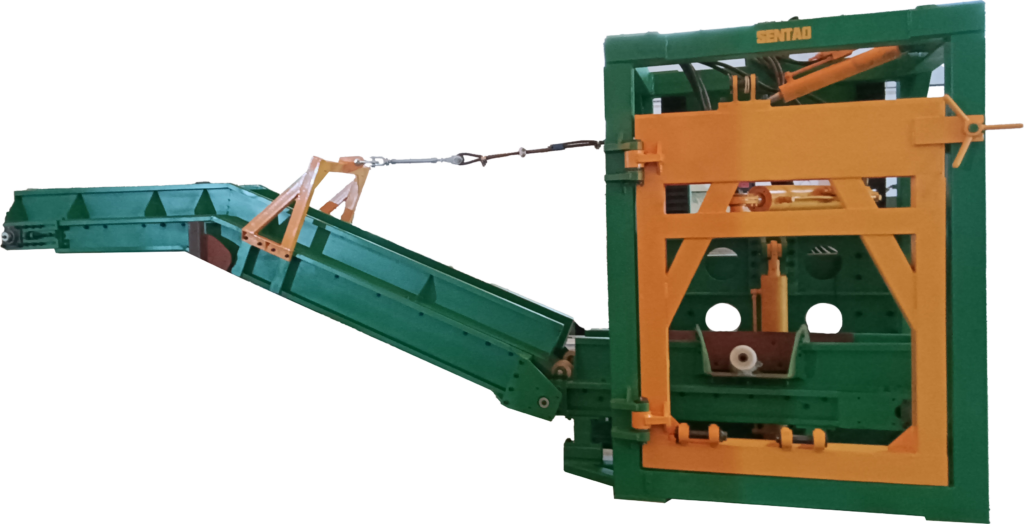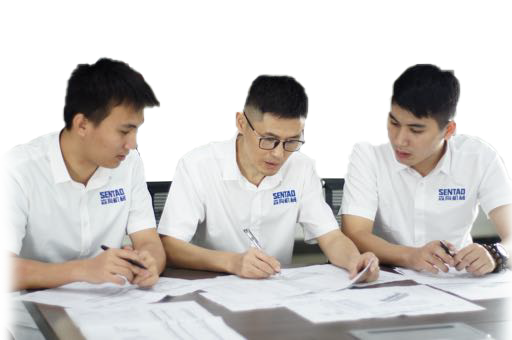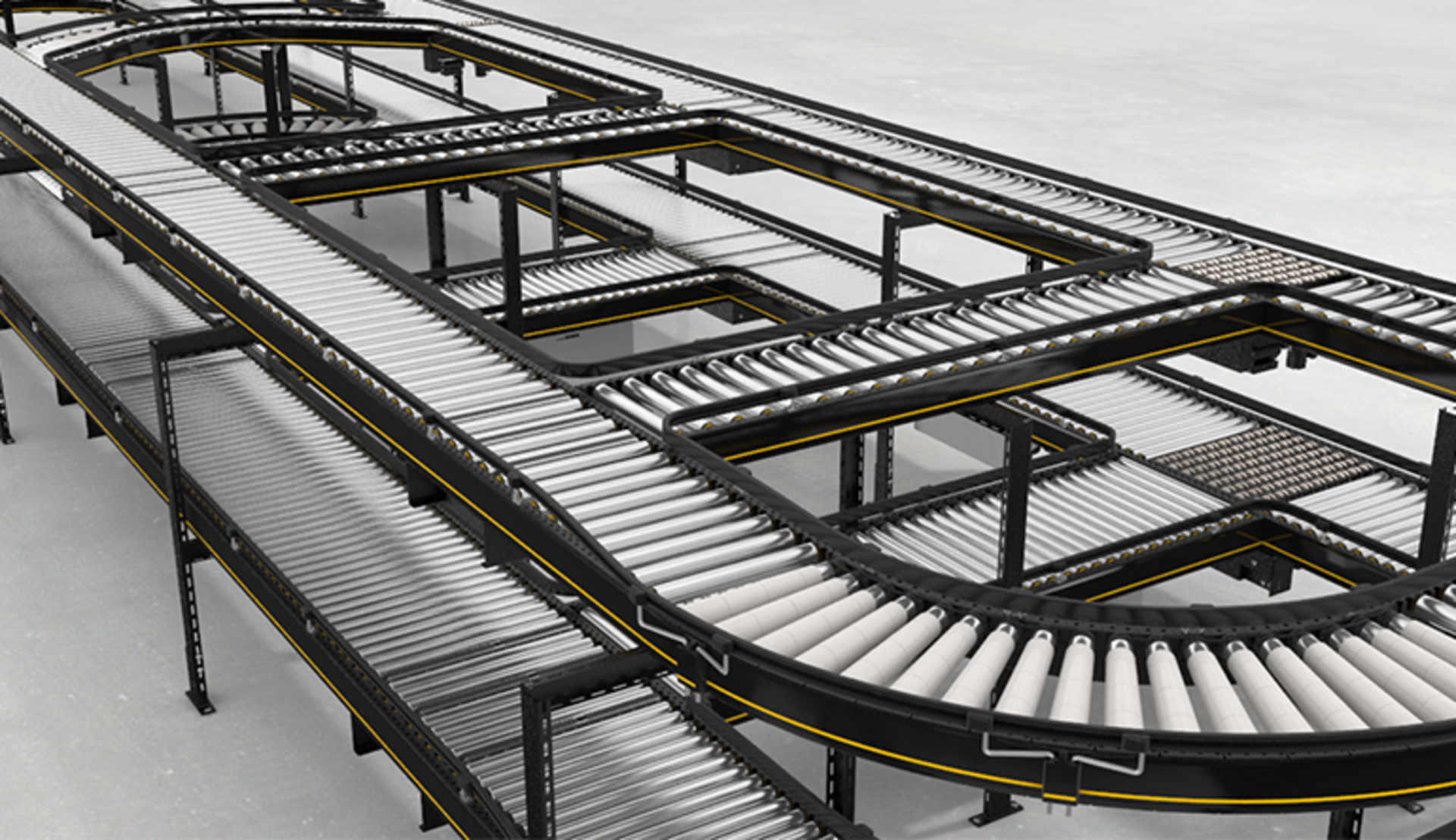
Need Help?
We are here to help.
Our sales professionals can assist you in determining the type of components and solutions needed for your custom application.



Overloading of roller conveyor equipment can cause pressure on the machinery itself, causing excessive wear and tear on the mechanical parts thus reducing the service life of the parts within the machinery, so in order to improve the reliability of roller conveyor hazardous load diagnosis, multiple, multi-class sensors need to be used for information collection. Whether the redundancy and complementarity of information can be translated into the reliability and robustness of the system also requires the selection of suitable algorithms for information fusion to increase the credibility and reduce the fuzziness.
Roller conveyors are widely used in today’s production enterprises, mainly by the combination of drive rollers, support, drive part and frame, with a large conveying capacity, fast speed, light operation, to achieve multi-species common line flow transport. Roller conveyors can be used for straight line conveying, turning conveying and diversion conveying when conveying various materials, and attention should be paid to the overload problem of free roller conveyors when conveying materials.
If the overload of the roller conveyor is not large, a message or an alarm can be given to alert the relevant operator, but if the overload is large, the safety circuit of the roller conveyor must be disconnected to avoid accidents. The same situation exists for other hazardous load modes. The cost of a multi-sensor system should be reduced as much as possible under the premise that the free roller office pindar machine meets the effectiveness and reliability of the system, so as to facilitate the subsequent conveying of the material. The roller conveyor in the information fusion and signal processing research, need to collect through a variety of sensors under a variety of conditions load signal, however, in the material production site to carry out this part of the study, will largely affect the roller conveyor operation safety and production progress, so it is very necessary to build a loading, operation, unloading process, but also to be able to simulate the loading, not unloaded, loose rope, stuck tank and other failures. It is also possible to record the load under different working conditions by means of multiple sensors and signal acquisition systems.
The roller conveyor motor drives the reel through the reducer, and the positive and negative directions realize the lifting and lowering of the conveying container respectively. The roller conveyor is equipped with opening and closing devices for loading and unloading, and can simulate overloading and unloading failures. The square tube guiding device is bolted to the derrick and can be artificially set up with misalignment, protrusion and other defects to form loose ropes and jammed tanks. Under various working conditions, the sensor of the belt conveyor converts the signals of tension and oil pressure into electricity, which is converted, amplified, filtered and collected by the acquisition system, and then the digital signal is transmitted to the computer to record, display and analyze the dynamically changing conveying load.
Our sales professionals can assist you in determining the type of components and solutions needed for your custom application.

Workshop 1,No.6,Liwei Industrial Zone, Shangbai Avenue,Luocun,Shishan Town,Nanhai,Foshan City,Guangdong,China
Mon — Sat: 8AM — 6PM